Author: John Emery Davis
-
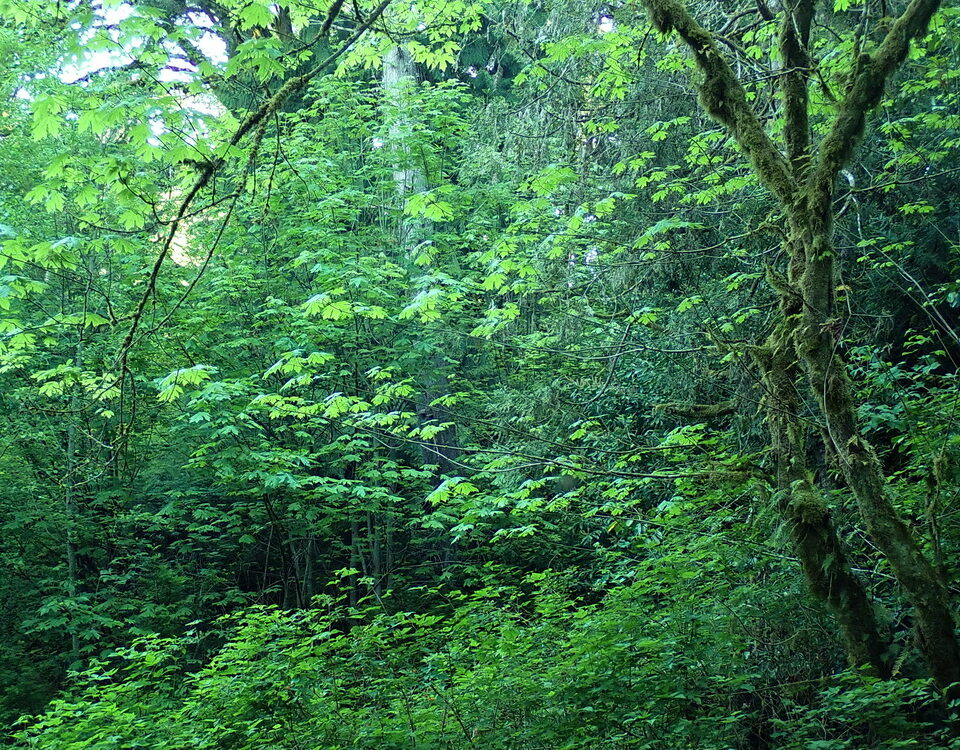
The Green Light of the Forest
Recently, while I was enjoying a few relaxing moments soaking up the bright green light of the May forest, I wondered if the energizing effects of forest bathing could have anything to do with the fact that the intensity of sunlight peaks in the green spectrum?
-
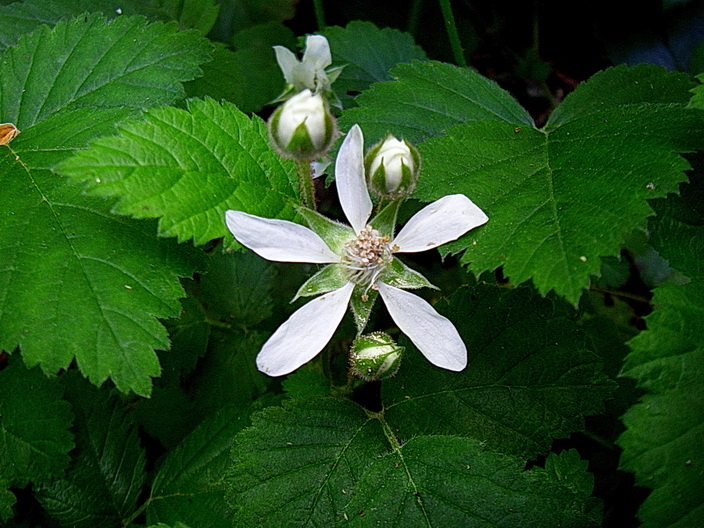
Ten Flowers of May in the Pacific Northwest
Like the return of migrant birds, the flowering of native plants in spring reassures me that the circle of life is going to keep on rolling. In this post I look at ten flowers of May in the Pacific Northwest.
-
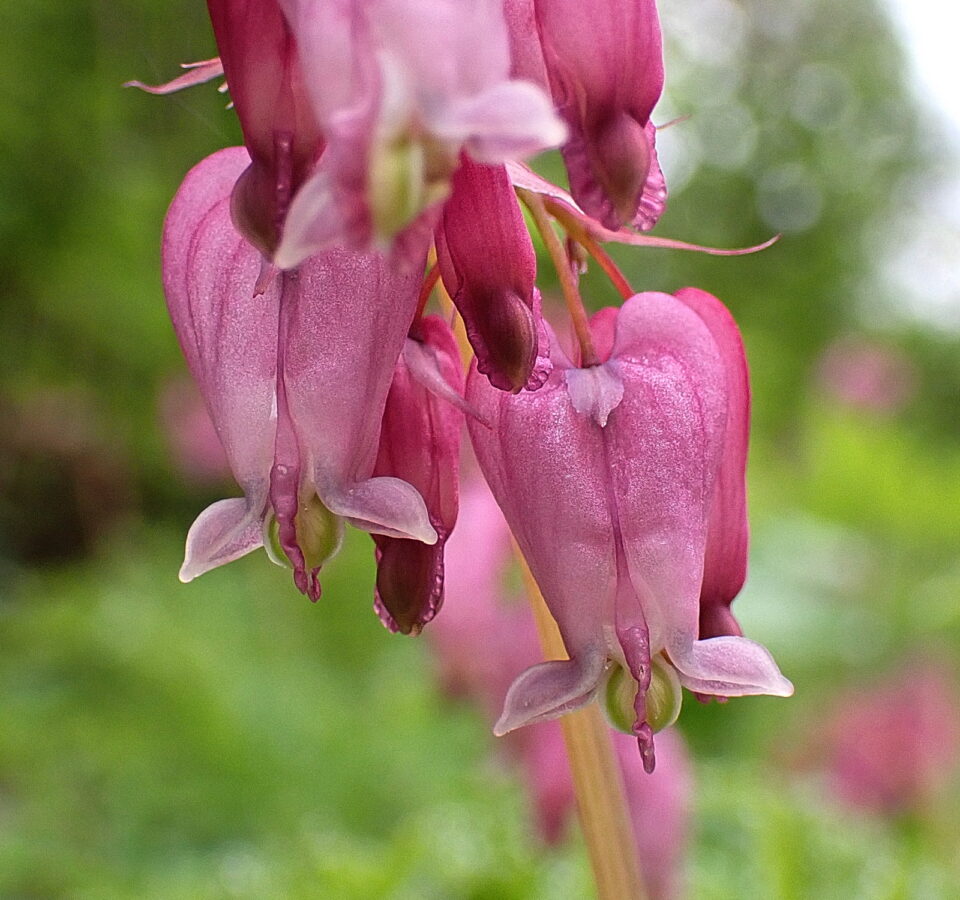
April Flowers and Singing Birds in Everett’s Forest Park
While you wander the forest paths admiring the native flowers this April, don’t forget to listen for birds — the year-round residents, the newly-arrived summer-only residents, the soon-to-leave winter-only residents, and the migrants just passing through – they’re all singing in April.
-
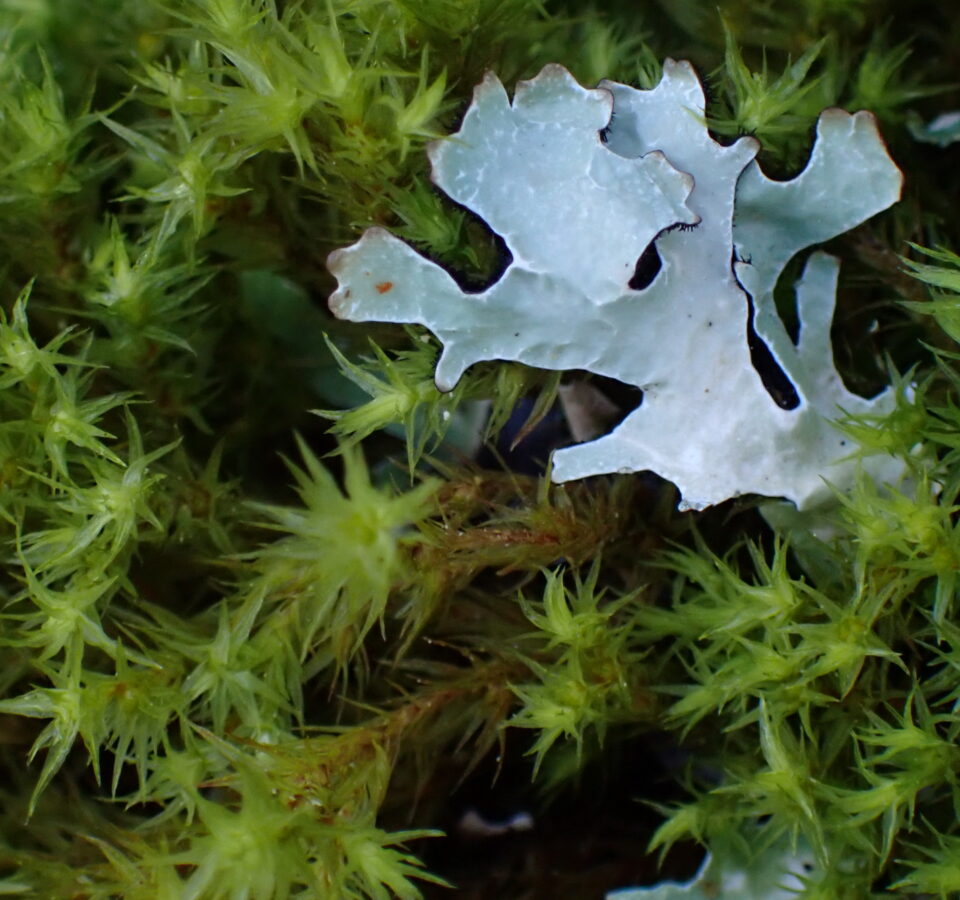
Which Evolved First, Lichens or Mosses?
Which evolved first, lichens or mosses?
-
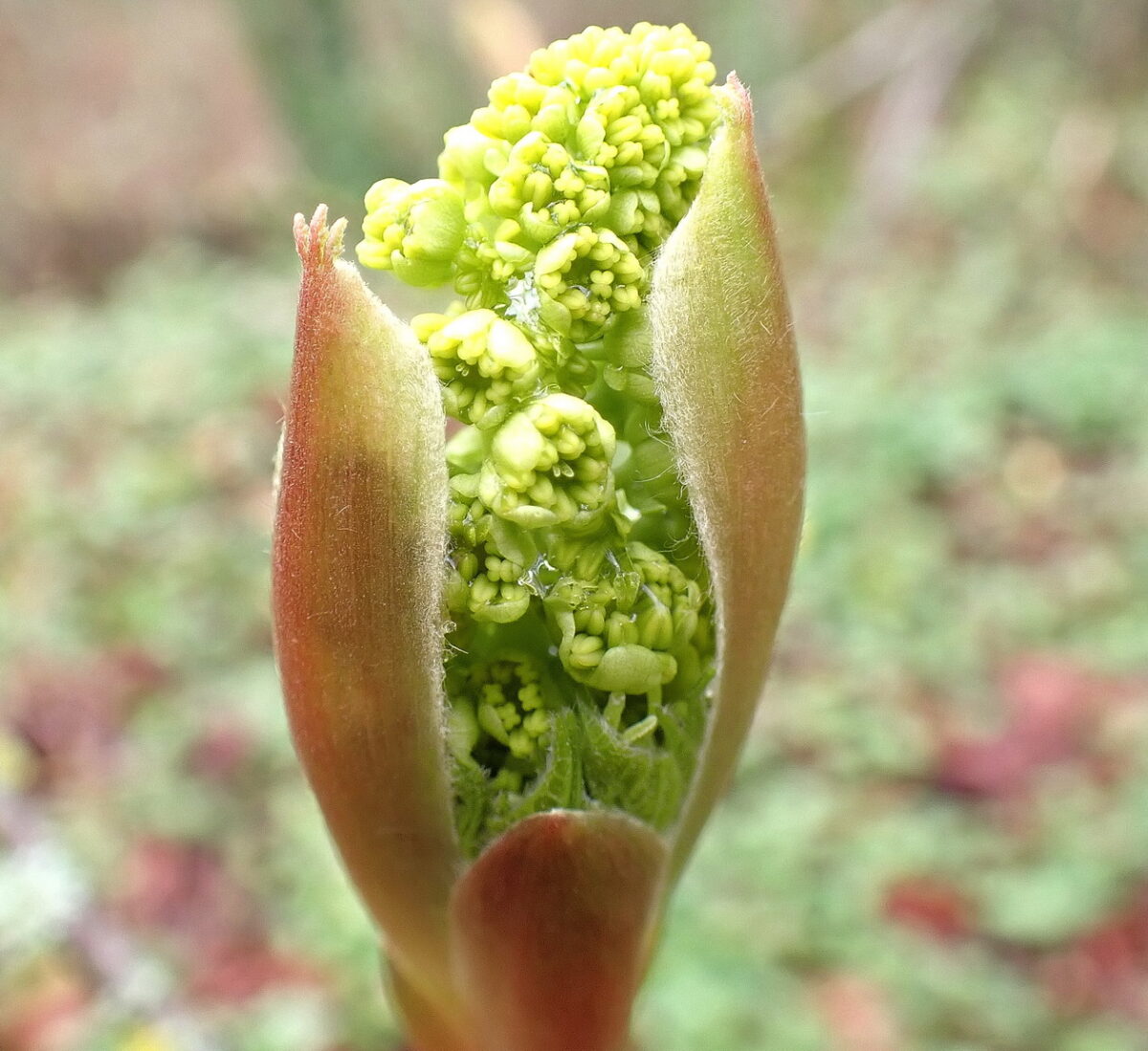
Bud Break
I learned recently (here) that changes in daylight hours determine when buds set and dormancy begins in winter, but temperature is the main factor in determining when the buds break in spring and leaves unfurl. A close look at Red Huckleberry (Vaccinium parvifolium) reveals that the white features on the stems are not flowers but…
-
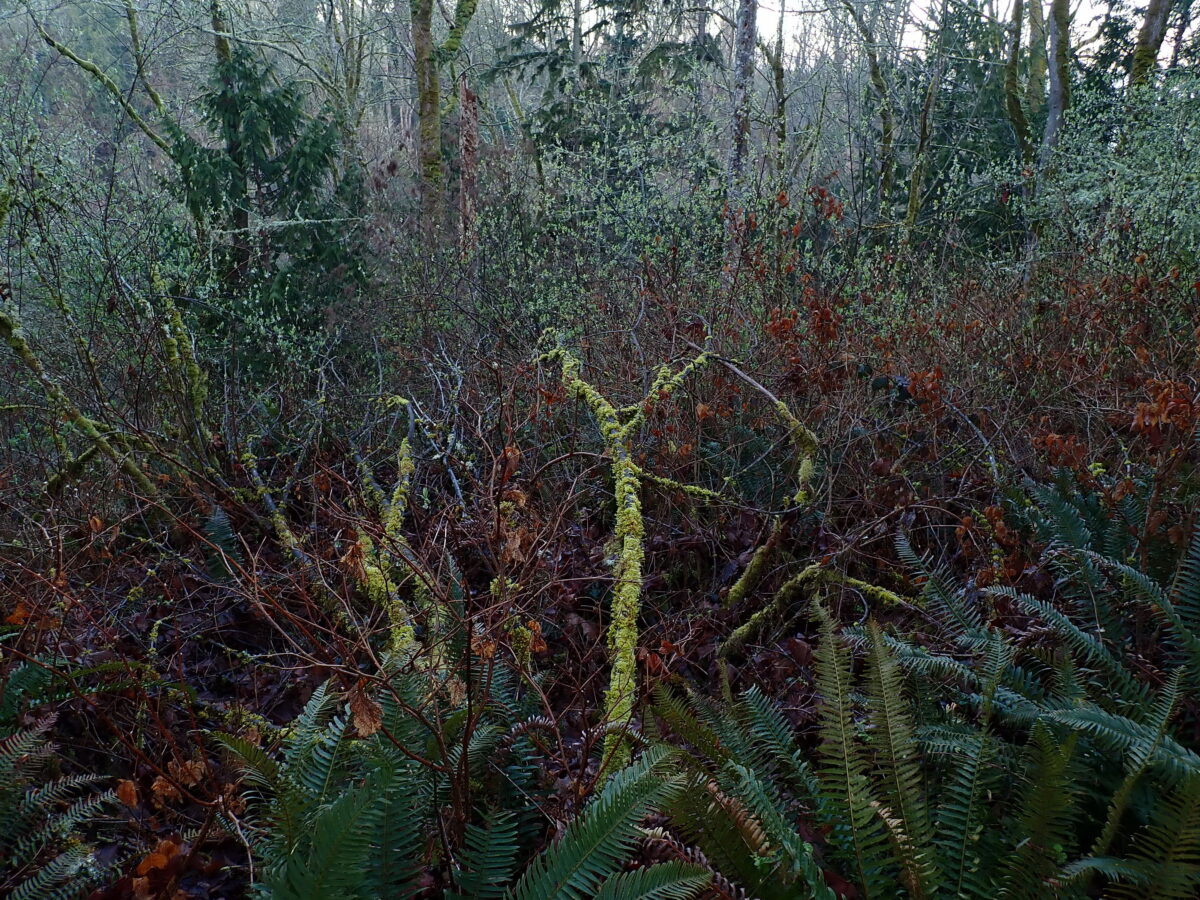
Spring Begins in Forest Park
Inspired by several blogs I follow (“In the Company of Rocks and Plants,” “Tuesdays in the Tallgrass,” and “The Prairie Ecologist”), I’m venturing into the realm of the photo essay.
-
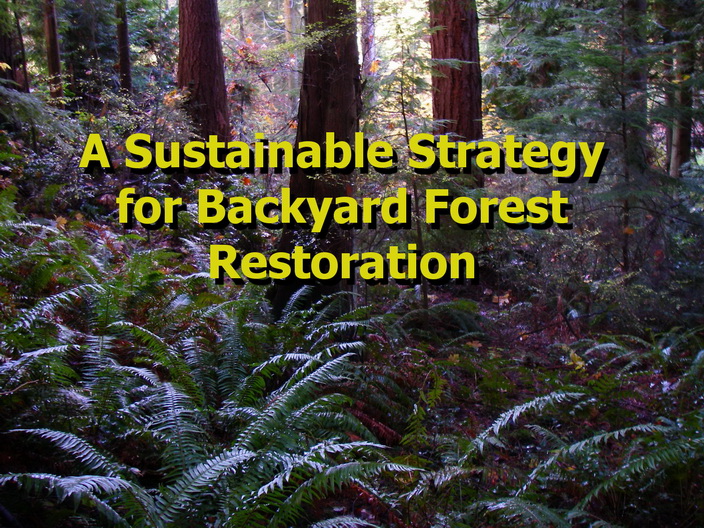
A Sustainable Strategy for Backyard Forest Restoration
It took me over 16 years and thousands of hours working in the forest, but I gradually came to the conclusion that certain restoration practices were not working. In some areas, the initial clearing of invasive plants had triggered a vicious circle of weeding that required more hours, year after year, than I was willing…
-
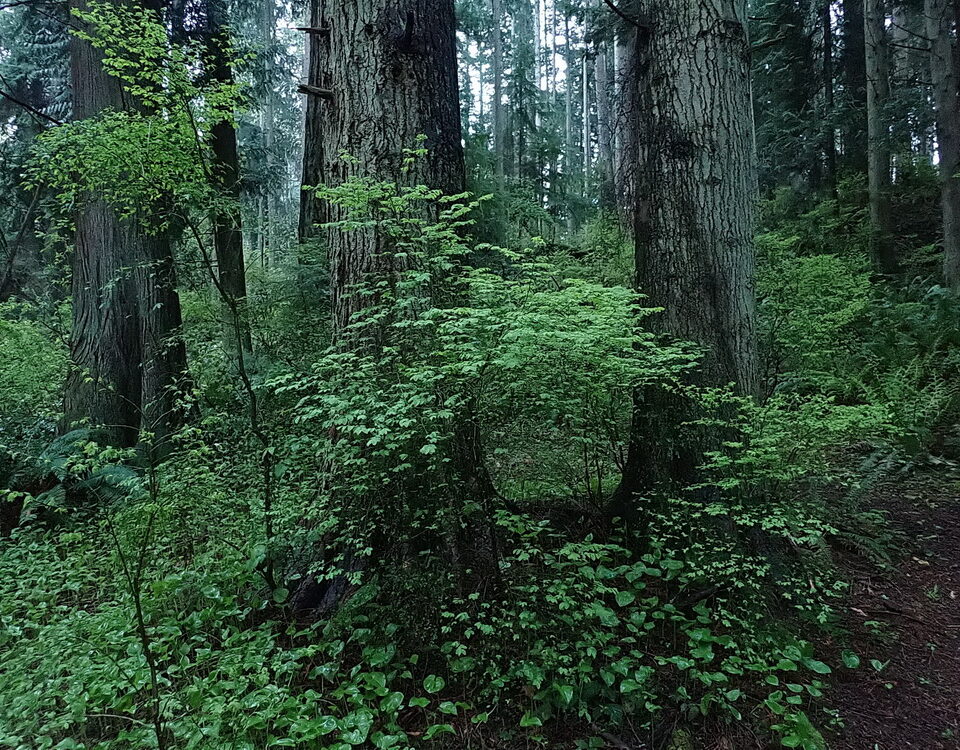
Legacy Forests in the Puget Lowlands
If your backyard forest was last logged over 75 years ago, it may be a “legacy” forest.
-
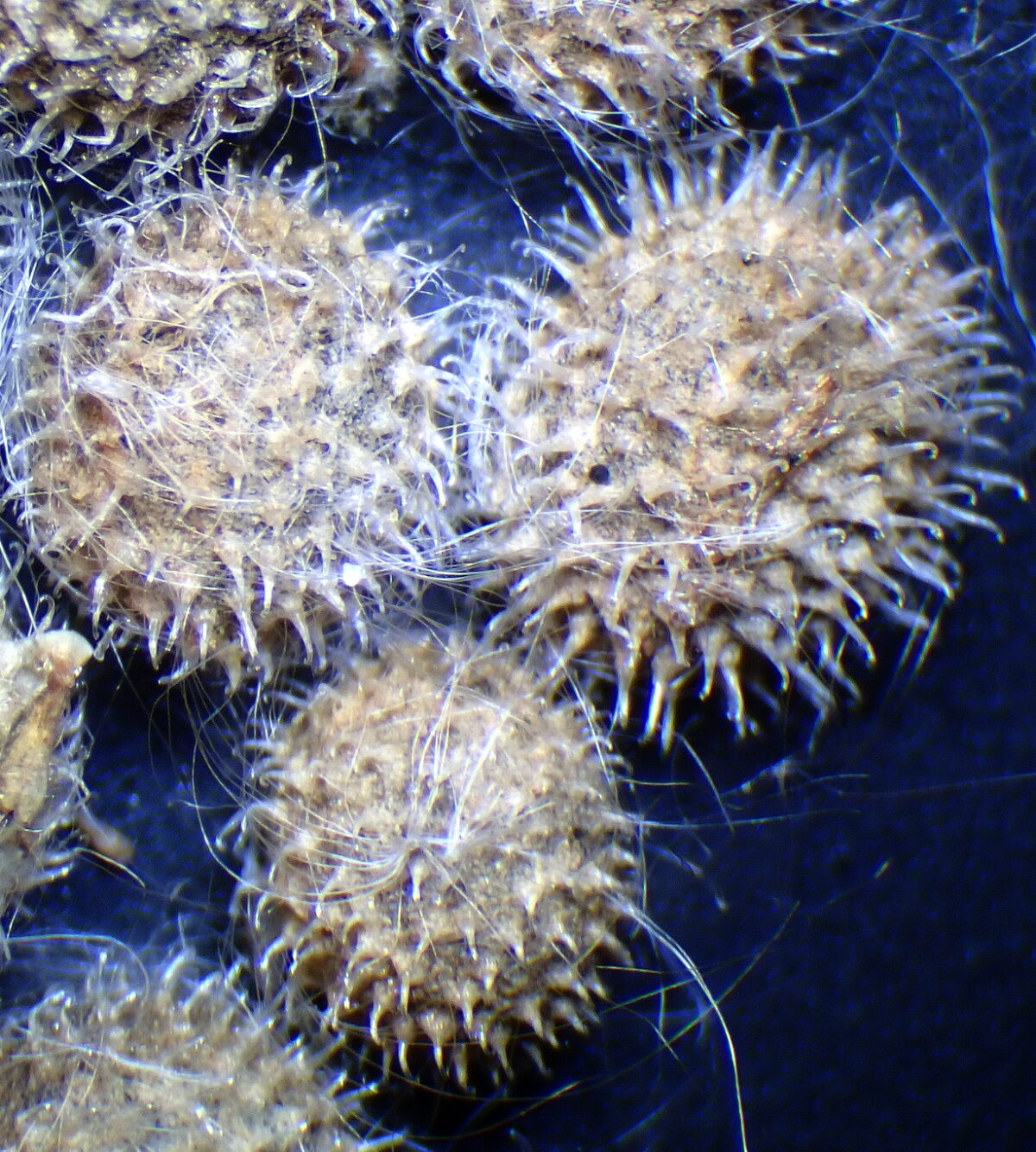
The Seeds of September
By September, virtually all of the native plants in the Puget Lowlands that spread by seed have gone to seed. In this blog I take a closer look at eight of them arranged by their means of seed dispersal. In recent weeks I took some pictures in the field and under a microscope at home.…
-
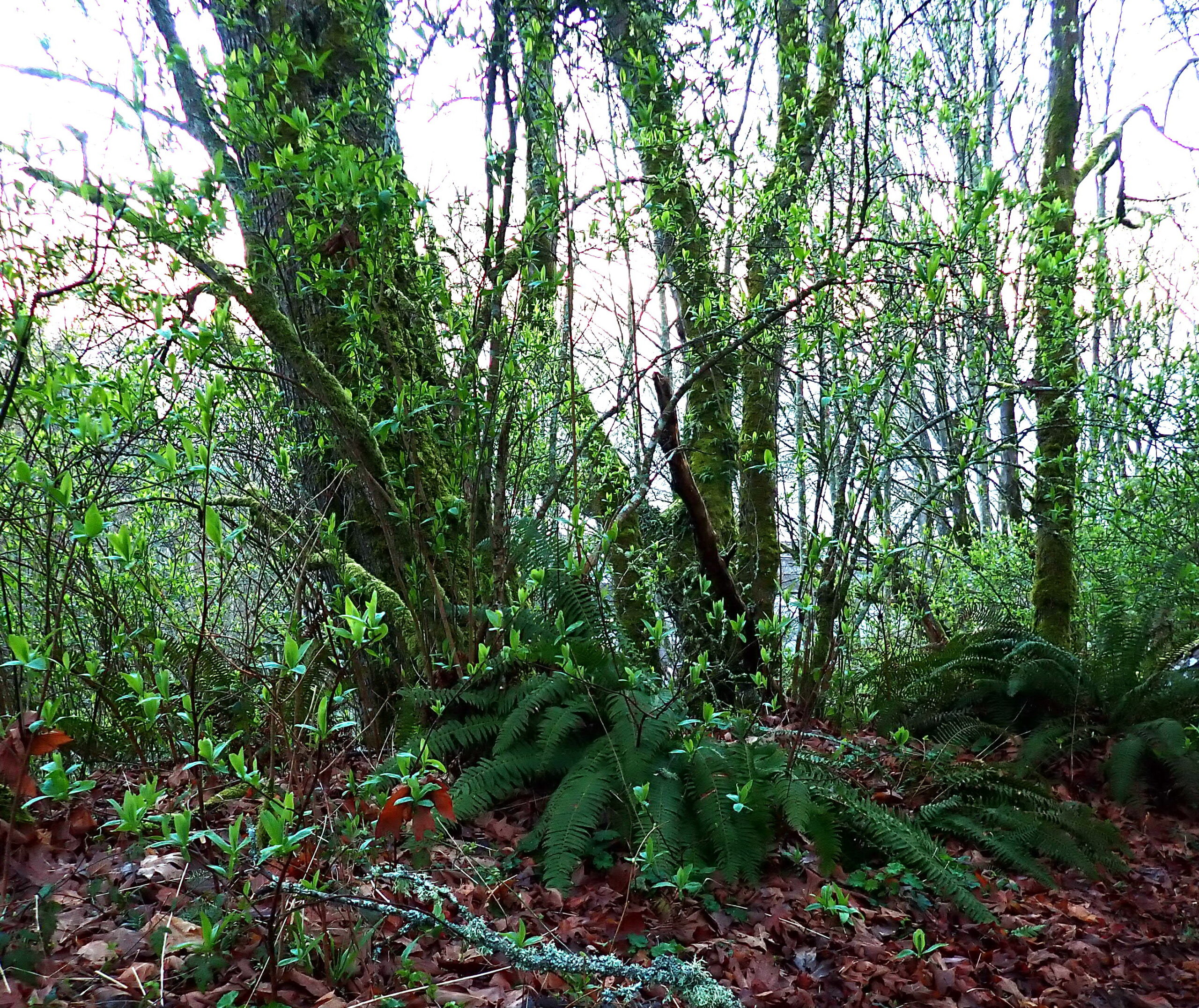
Backyard Forest Restoration Anticipation
Our forests are moving and changing. Perhaps backyard forest “restoration” should be renamed backyard forest “anticipation.”
-
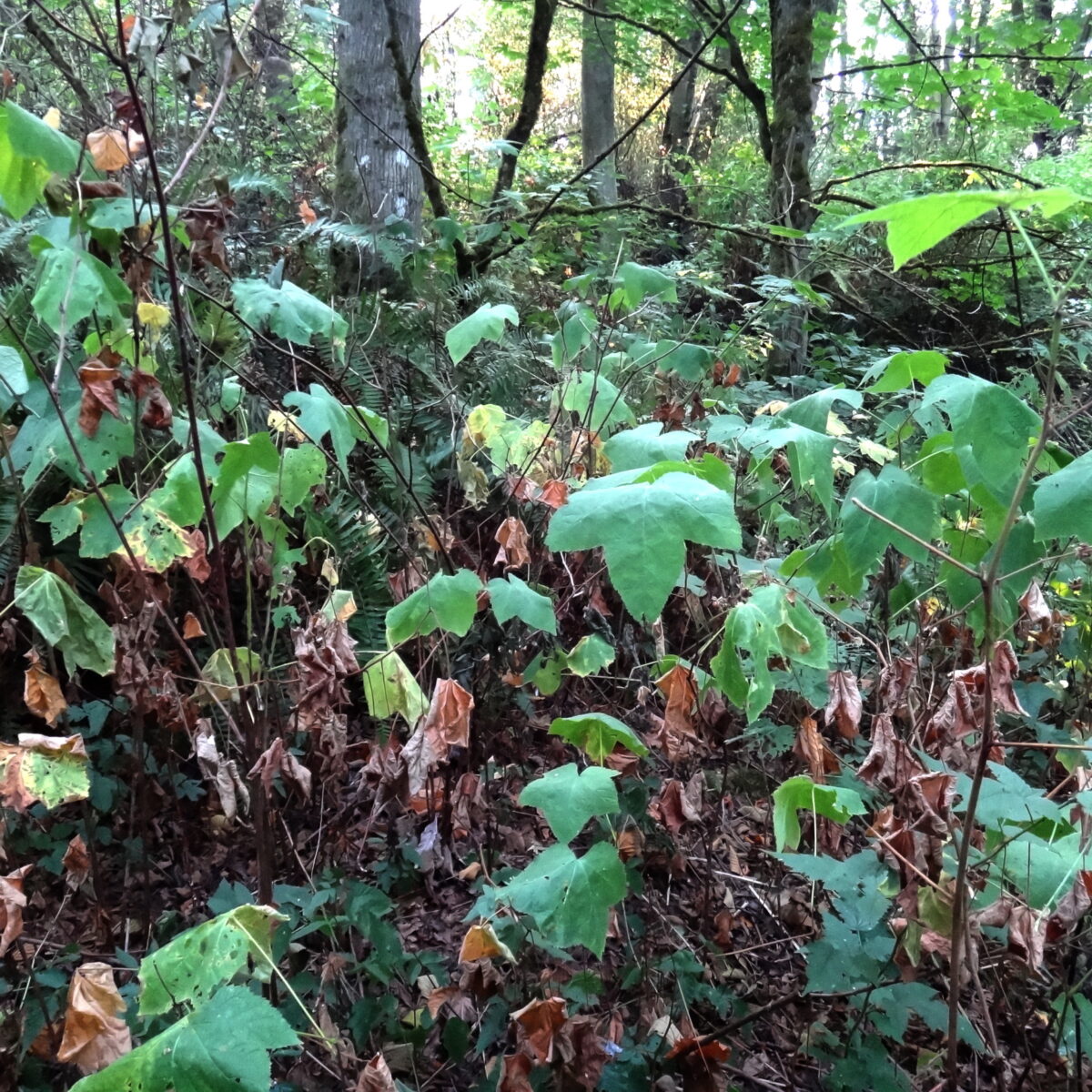
The Weeds of August in a Dry, Dry Season
It’s been a dry, dry season but the weeds keep coming.
-
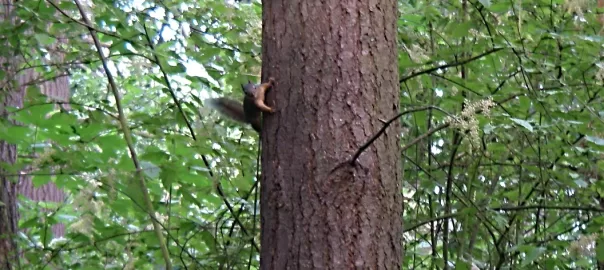
The Future of the Mature Douglas Fir Trees in Forest Park
In this blog I look at some of the recent research on how trees have been responding to the decreased moisture levels and higher temperatures associated with climate change.
-

Baneberry, Hedge Nettle, and Hedge Mustard
The Amazing Ability of Plants to Spread Far and Wide
-
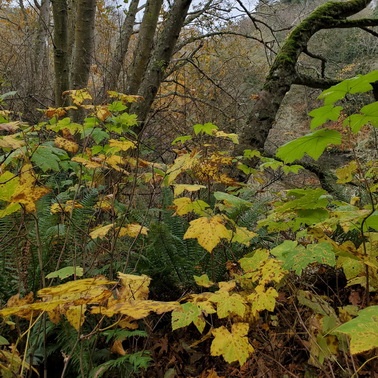
Recent Articles Related to Forest Restoration
I found these interesting . . .
-
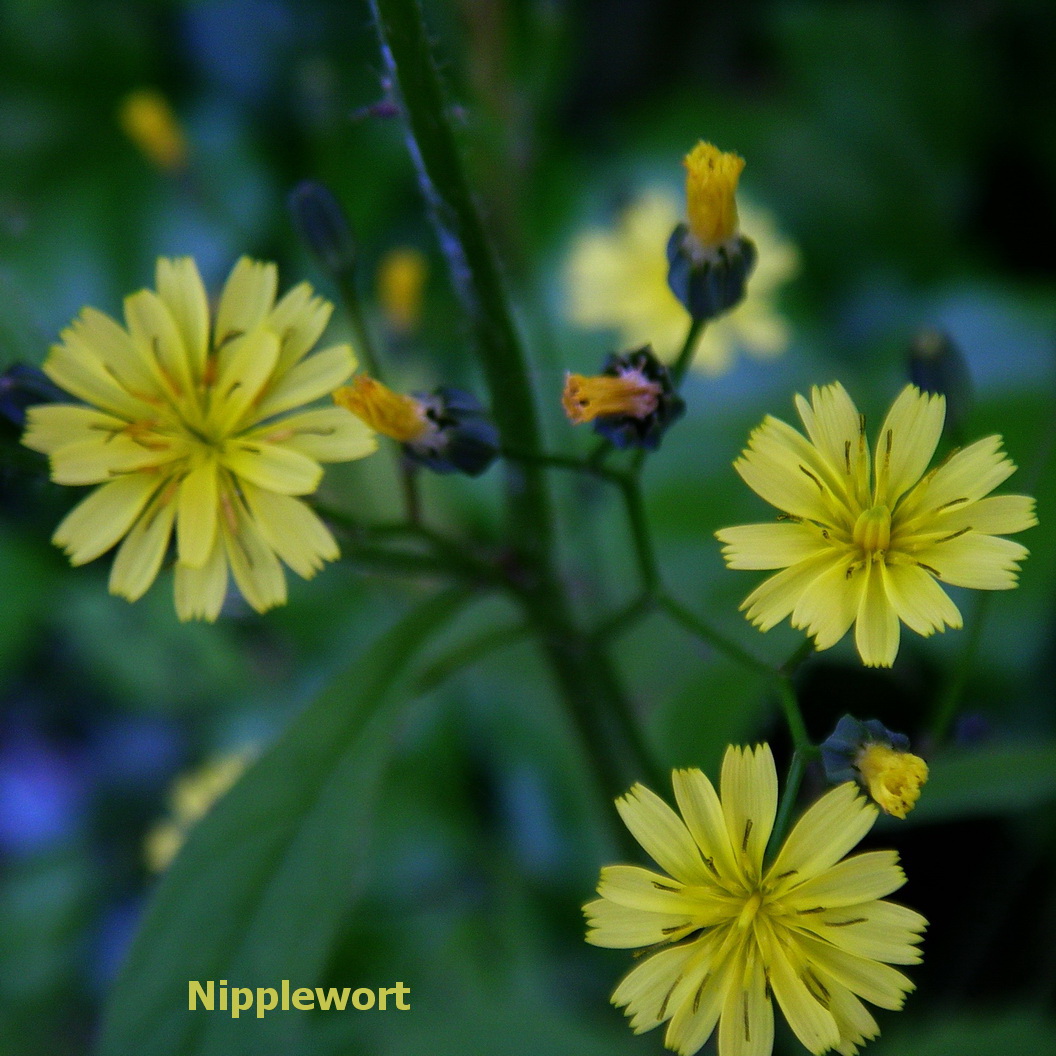
The Nipplewort Dilemma
Is it time to make my peace with Nipplewort and its ilk?
-
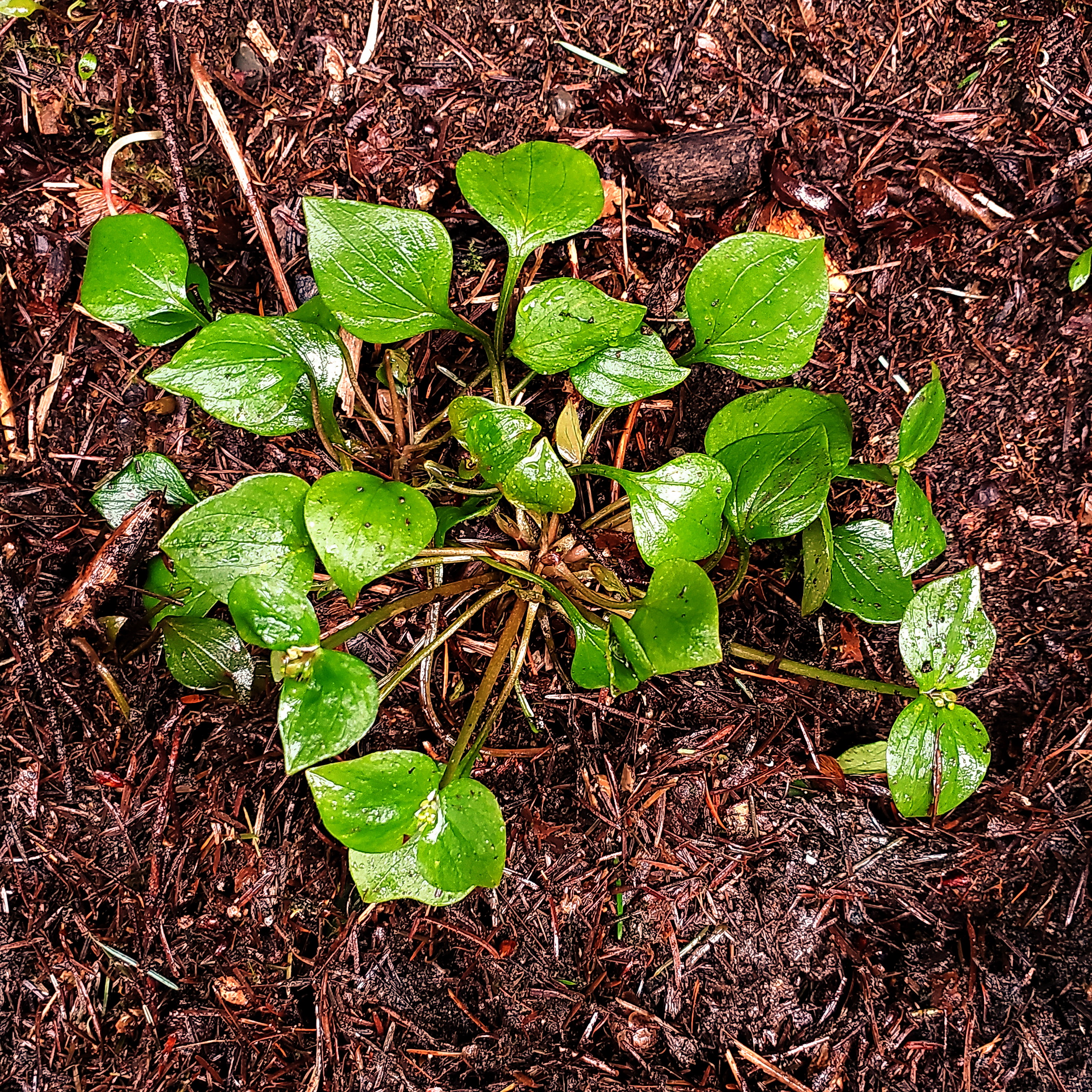
Does Sheet Mulching Deter the Natural Regeneration of Native Groundcovers?
Does sheet mulching with wood chips deter the natural regeneration of native groundcovers?
-
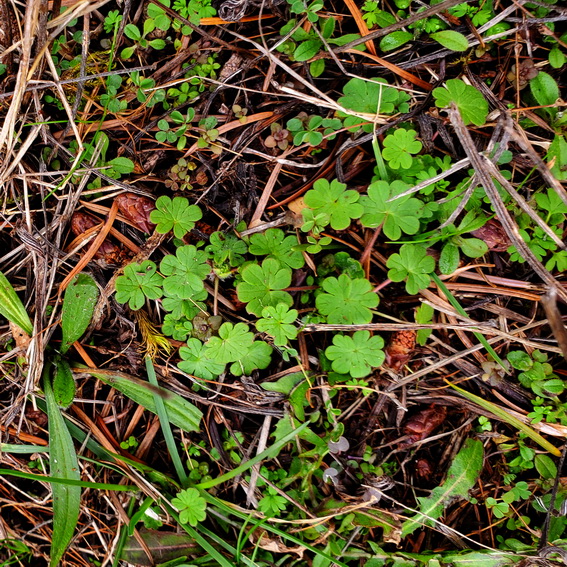
Weeds of the Turf Next to Our Backyard Forests
Our backyard forests often lie next to areas of turf that receive no irrigation or chemical inputs and inconsistent mowing. These “input-free” turf areas provide ample opportunity for colonization by a host of plants that are not welcome in the forest. The main line of defense against the spread of these weeds are the Bradley…
-
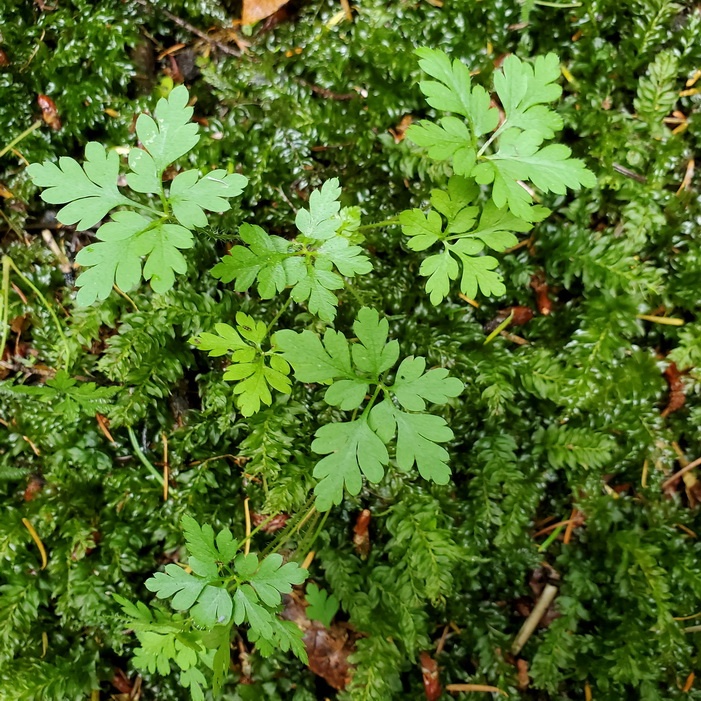
Exploiting the Weaknesses of Herb Robert in Late Winter and Early Spring
From late Winter through early Spring, I like to exploit the weaknesses of Herb Robert by removing those that sprouted during last year’s growing season, survived the winter, and are poised to flower when the weather turns warm.
-
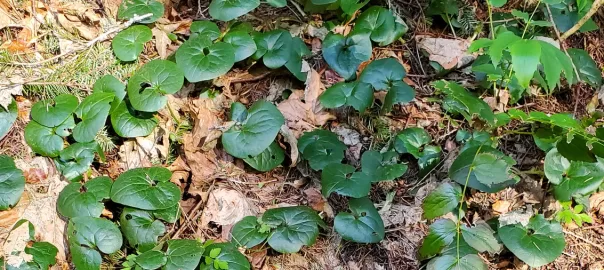
Establishing Groundcover
Ideally, backyard forest restoration results in “working ourselves out of our jobs,” or at least significantly reducing our annual maintenance needs. Establishing robust native groundcovers helps achieve this by deterring unwanted plants. Native groundcovers may regenerate naturally over time, but we can assist by installing plants in gaps. Though we can get most of these…
-
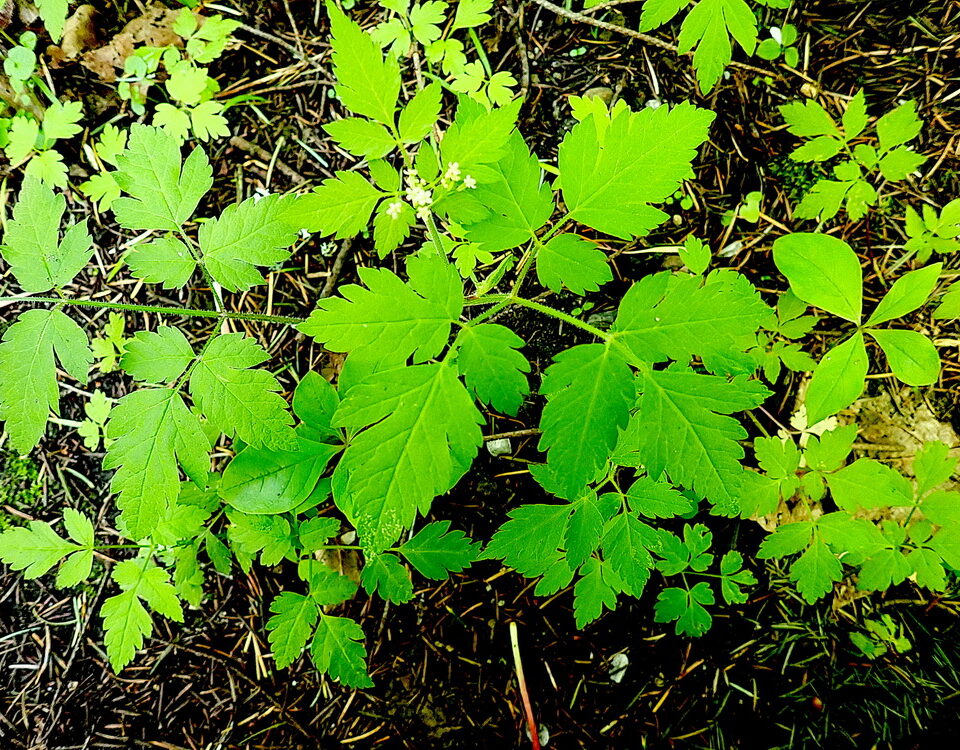
Removing or Allowing Plant Siblings
As we weed our backyard forests and their edges, we are constantly making decisions about which plants to remove and which to allow. For some plant species those decisions are complicated by various factors, and different restoration practitioners may have different, legitimate opinions.